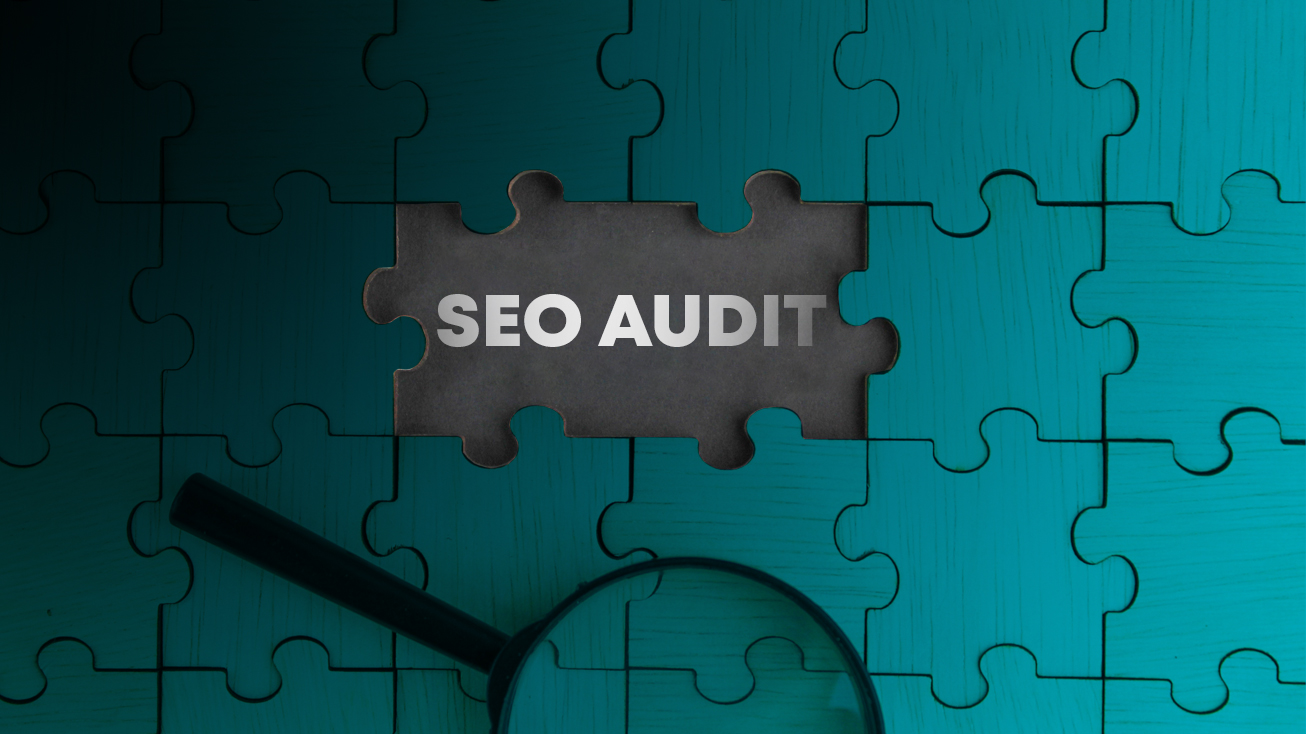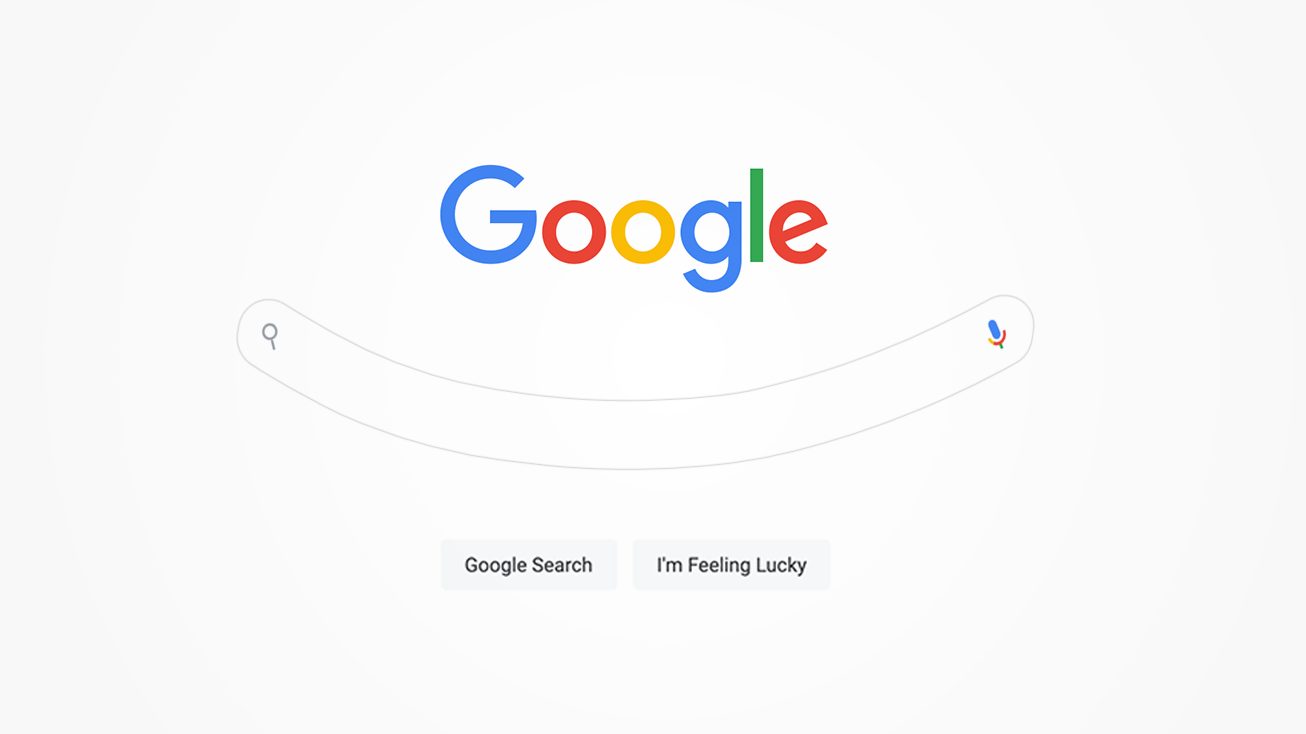For anyone looking to begin creating content or building a website optimized for search, our best and most succinct piece of advice is this: getting started is all about getting solid.
In other words, before you charge forth and start ideating new blog posts, new landing page copy, new anything, take a moment to take stock of your existing content. Ask whether or not what you already have is in its optimal form.
This “getting solid” process is what’s known as an SEO audit.
What exactly is an “SEO audit” of a website?
In short, an SEO audit is a comprehensive evaluation of how your website could be enhanced to make its content more visible to and on search engines like Google. Marketers, developers, and whoever else is responsible for the website assess and identify areas that need improvement.
During the audit, nearly everything is put under a microscope, including backend technical elements and frontend on-page factors. The audit team inspects the website’s navigational structure, URLs, keyword usage (or non-usage), content engagement numbers, metadata, hyperlinks, load speed, mobile friendliness, and really whatever else they can think of.
There is no one ingredient – or even one single recipe, for that matter – that yields freshly-baked SEO success. You truly have to throw the whole cookbook at it. Achieving higher rankings and visibility on SERPs is one of content marketing’s great mysteries. But just because it’s mysterious, doesn’t mean it’s not doable with a flexible and varied approach. To quote the 4th-century Roman senator Quintus Aurelius Symmachus, “We cannot attain to so great a mystery by one road alone.” He may have been talking about religion, not websites, but the same principle applies. When solving complex problems, it’s best to go down every road you can think of.
The many “roads” of an SEO audit do have an ultimate goal in common, though. That is, to uncover issues that may affect search engine rankings and bring to light opportunities for improvement. By conducting an SEO audit, the organization or individual who owns the site has a chance to do some digging and reflect on what is and isn’t working and then implement strategies to enhance visibility and user appeal.
Why do we recommend an SEO audit?
Assessing your published pages in their current state, gauging what’s performing well, flagging what needs to be fixed… it’s the “eating your vegetables” of content production, and it helps to lay the supportive foundation atop which future projects can be built.
An SEO audit teaches site owners to view optimization as more than just doing something right once and getting lucky; it’s about building a rock-solid foundation that enables repeated capitalization on content opportunities.
We view the conducting of an SEO audit through the lens of an attentive homeowner. Through this process, we’re uncovering the cracks that need filling, fractures that need mending, and burnt-out bulbs that need replacing. All in hopes of renovating and restoring our digital home. These renovations go deeper than aesthetics, they help search engines perceive and evaluate our “presence in the neighborhood” more efficiently.
It’s not easy or glamorous. For marketers especially, all of your creative momentum is probably telling you to look forward, not back. To embark on fresh initiatives focused on all the things you will create, not what’s already been created. And yet, if you want to avoid taking this energy and running off in the wrong direction (you do), an SEO audit is a necessary step that’s well worth a little elbow grease.
How to actually perform an SEO audit in 10 simple steps
The standard process for carrying out an SEO audit of your website can go as follows:
- Begin by “crawling” your website. Crawling involves using online tools to systematically browse and analyze the pages on your site. This specialized software is meant to simulate search engines, extracting data such as URLs, metadata, and content. It’s essentially a way for you to see what a search engine would “see.” This step helps you gain an understanding of your website’s rankability, spot issues, and improve your visibility and performance accordingly. Be sure to check for broken links using tools like Broken Link Checker and address any issues discovered.
- After the crawl is successfully completed, you should examine your website’s structure, including URLs, XML sitemaps, navigation links, metadata, and headings, to ensure they are optimized for search engines and well organized. For URLs, this means ensuring that the wording of the URL clearly indicates what content lives on the page. For the XML sitemap, the goal is to make sure it’s up-to-date and tidy.
- For navigation, you should edit menus and links to be as intuitive and user-friendly as possible. If you want more info on the importance of web navigation, we published a blog all about that subject.
- Headings (H1, H2, H3, etc.) should all be optimized for target keywords as well as written in a way that is helpful and relevant to the content on the page. Search engines as well as humans have a habit of scanning the page to see what it’s all about, and these headers markedly improve the scanability of it all.
- Once you feel your site is structurally sound, begin evaluating on-page SEO, focusing on strategic keyword usage in the copy below the headers, links on and off-site, and meta descriptions.
- Conduct a thorough review of your site’s pages to identify and eliminate any instances of duplicate content. Duplicated content (just to clarify) refers to both outright identical or substantially similar content across multiple pages on your site. This kind of redundancy can negatively impact your site’s search engine rankings and user experience. Cutting out duplicates enhances the credibility and visibility of your website while providing visitors with valuable and unique information.
- The audit team should then assess your site’s load time to identify and rectify any speed-related issues since slow load times can be damaging to SEO by way of increased bounce rates.
- Since a massive portion of site traffic comes from smartphones these days, verify the mobile responsiveness of your website by employing tools such as Google’s Mobile-Friendly Test.
- Analyze the quality and quantity of your website’s backlinks using tools like Ahrefs, paying attention to malicious or “toxic” links that may harm your search engine rankings. You’ll want to monitor your website’s search engine rankings throughout the audit and track progress over time using tools like SEMrush.
- Then, once the audit reaches a satisfactory stopping point (SEO auditing is an iterative endeavor and is never truly over) use the audit results to create an improvement plan that addresses on-page optimization, user experience, and technical performance.
What benefits can you expect after running an SEO audit?
So, in the end, what’s really in it for you?
In short: actionable insights. That’s the broad essence of what you get out of an SEO audit. But even before those insights are yielded, the very process and practice of auditing your site will help you develop the skills and instincts to churn out better content in the future.
BUT you are marketers, and you want specifics. “Insights” is a bit general. The specific benefits of running an SEO audit are as follows and can be divided into three categories.
- Technical: These benefits will be seen on the back end. Things like better link structure, faster load speeds, tidier information architecture, beefed up meta data, smoother mobile responsiveness, etc.
- Experiential: These improvements are ones that you and your users will see plainly on the frontend of your website. They will make visitors feels more engaged, entertained, informed, and compelled to return. These include more seamless navigation, mobile usability, helpful headers, readable on-page copy, anything that elevates the experience for visitors to your site.
- Business: These benefits that you will reap from the SEO audit include increased web traffic, a proliferation of conversions, improved content production frameworks, strategic competitor insights, and a litany of other KPI-oriented perks.
Technical Benefits
Analyzing your website with an eye toward identifying and resolving technical optimization issues will invariably lead to improved rankings. We say this with certainty because many of the issues that you spot during the audit encompass a range of behind-the-scenes problems that need to be addressed in order to rank higher. They can include disorganized information architecture, a jumbled URL structure, slow site speed, inadequate mobile responsiveness, duplicate content, broken links, and missing metadata (titles and descriptions). By addressing these concerns, you can bolster your website’s performance and ensure its optimal functionality, both of which are critical when it comes to boosting rank.
Just consider the example of slow loading times. If the pages on your website are taking ages to buffer and load, it results in higher bounce rates because users don’t have all day to sit around waiting. These bounce rates signal to Google that your page is unhelpful, which hurts its ranking.
Or, if your website’s structure is more or less structureless, this lack of organization impedes the ability of search engines to effectively crawl and index its content. Google can’t rank what it can’t make sense of. This naturally has a detrimental impact on your website’s position in search results. So, one thing an SEO audit can bring to light is whether or not you need to shore up the organization of your pages and their relationships to each other.
The consequence of leaving this technical IA issue unfixed is that important pages may not be properly discovered and indexed, resulting in diminished visibility. Therefore, it’s essential to ensure a well-structured website architecture that enables algorithms to easily comprehend your content, ultimately improving your website’s standing among its peers.
User-Facing Experiential Benefits
Beyond the surface-level technical realm, an SEO audit delves into the user experience (UX) aspects of your website, providing actionable information about areas that could be improved to boost user satisfaction and engagement.
The bounty of information that you’ll have at the end of your audit will help you evaluate the quality and relevance of your content, ensuring it aligns with users’ needs and interests. If a certain type or format of content is consistently being ignored by users, for example, something clearly needs to change to make it more relevant to their interests. By providing valuable information based on things like keyword research and buyer personas, you can effectively engage your audience by presenting information in a way that appeals to their unique wants, needs, aspirations, and curiosities.
In addition to pointing out where the subject matter of your site could be more relevant, an SEO audit signals where it could be more readable. These are places where employing clear and concise writing, proper formatting, and appropriate headings and subheadings might elevate the user experience. These changes optimize the overall feeling of your site to users and encourage them to spend more time on your site.
Lastly, as it relates to UX, an SEO audit addresses the importance of mobile responsiveness, allowing you to optimize your website for different screen sizes. By ensuring seamless browsing across mobile devices, you create a positive and adaptable experience for all visitors.
Business Benefits
Performing an SEO audit yields several business benefits, including an increase in organic traffic to your website. More eyeballs on your site means more potential consumers or promotors of your brand. By addressing technical issues and optimizing on-page elements, such as meta tags, headings, and content, you can improve your website’s visibility in search engine results. This heightened visibility translates into more clicks and visits from users actively searching for related topics or products.
For your internal team, the SEO audit enables you to identify valuable content creation opportunities and uncover content gaps within your website. Through research and analysis, you can pinpoint specific terms or phrases that have high search volume and relevance to your target audience which will inform creative decisions and strategies. By seeing gaps and strategically integrating relevant keywords into your content, you can (and will) attract more organic traffic and capture the attention of potential customers.
Another advantage of an SEO audit is the opportunity to gain perspective on your competitors’ strategies and actions. By analyzing their websites, backlink profiles, and content approaches, you can learn from their successes and identify areas where you can differentiate yourself. This competitive research provides valuable intelligence that can help you refine your own SEO tactics, stay ahead in the rankings, and capture a larger share of your overlapping target audiences.
How Digital Impulse can help.
Our agency has the people and tools to execute every step detailed above. We’ve done it all a hundred times and are likely doing it all again as you read this blog.
To us, carrying out an SEO audit is like mowing the lawn (we know, this piece has been just lousy with metaphors). But it really is! While you’re doing it, it’s a bit of a sweaty sneezy chore. More than once, you’ll probably question whether or not the grass even needed cutting in the first place. And yet, when it’s all done with care and attentiveness, you will look back and think wow, ok, that does look a million times better.
So, all that is to say, it’s not a chore for us. Or if it is, it’s a labor of love. If an SEO audit is something that you think your website could benefit from, we’d be more than happy to chat. Contact us today to kick off the process of building a more optimized, stoutly structured digital home for your brand.






